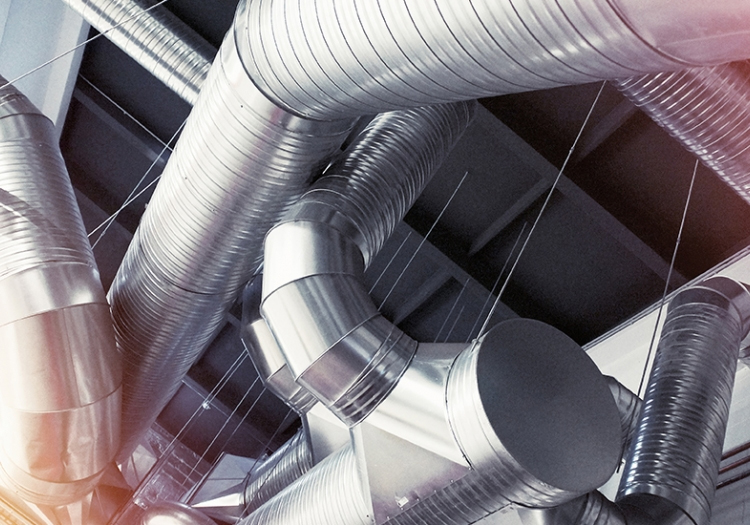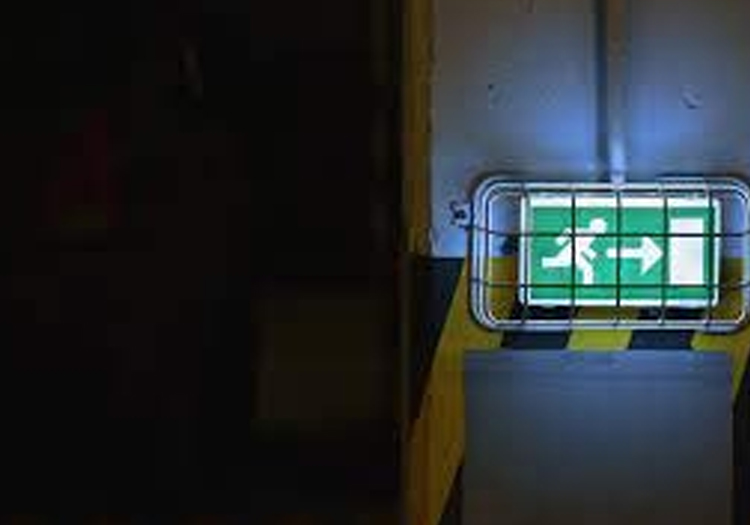
What is Demand Control Ventilation & Why Use It?
The Varming Consulting Engineers Ltd. team is well versed in all established and emerging building design methods that have been applied on countless projects over the years. In this blog, we’re here to tell you about Demand Controlled Ventilation and what it’s designed to do in residential projects.
Demand Controlled Ventilation Explained
Essentially, Demand Controlled Ventilation (DCV) is a highly-controlled method of ventilation control that uses occupancy levels to determine the amount of fresh air that’s provided. This system is able to constantly monitor the quality of air inside the home, keeping an eye on metrics like levels of carbon dioxide (CO2), humidity (H2O), as well as harmful volatile organic compounds (VOCs).
DCV guides the air flow rates in line with these fluctuations, delivering increased flow when levels are high and reducing it when air quality is deemed to be sufficient. This allows for optimum ventilation while using the minimum amount of energy to do so.
The Numerous Benefits of Using DCV include…
- Exceptionally low running costs
- No condensation/mould problems due to zero user interaction
- Suitable for both established and new buildings
- Extremely quiet running (25-30 dB)
- No requirement for filters
- Improves security due to lack of need for open windows
The Varming building design team used DCV technology at the recent Ard Cre Ballymoneen project in Galway completed earlier this year. The €2,600,000 commission was for Galway City Council and involved the installation of M & E services for 78 residences.
Achieving Exceptional Outcomes On Every Client Project
It’s sustainable methods like DCV that are being used to achieve exceptional, environmentally friendly outcomes on every project the Varming Consulting Engineers Ltd. is involved with. If you would like to know more about us and the work we do, visit us today at www.varming.ie.
Alternatively, should you wish to speak with us directly about your requirements, simply call us on 01 487 2300 today and we’ll be happy to help in any way we can.

